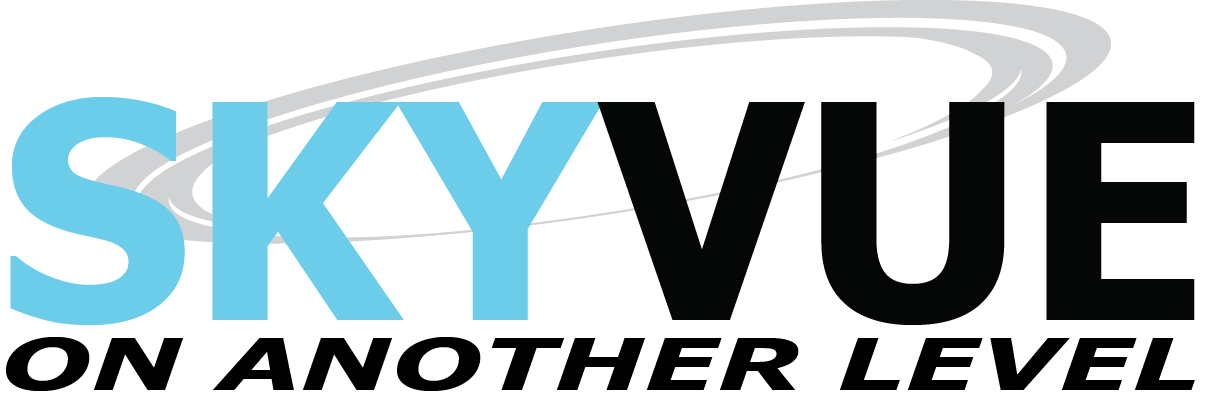Collecting LiDAR Data with a Mobile Car Mount to Monitor Obstructions around Heliport's Airspace
Heliports play a critical role in air transportation and emergency response efforts, making it essential to monitor the airspace around them for any new obstructions. Explore how we used a mobile car mount and LiDAR technology to collect data and ensure the safe operation of a heliport.
What is LiDAR and How Does it Work?
LiDAR (Light Detection and Ranging) is a remote sensing technology that uses lasers to measure distance and create high-resolution 3D maps of its surroundings. By emitting laser pulses and measuring the time it takes for the light to bounce back, LiDAR systems can build up a detailed picture of the environment within <2 centimeters, including trees, buildings, transmission lines, and other structures.
Using a Mobile Car Mount for LiDAR Data Collection
A 2 block stretch of LiDAR data
For our most recent project, we decided to use a mobile car mount to collect LiDAR data around the heliport. The mobile car mount allowed us to drive around the perimeter of the heliport, and back and forth down the city streets, collecting LiDAR data as we drove. This approach has several advantages for a city environment:
Cost: Compared to using a helicopter or fixed-wing aircraft, using a mobile car mount is much more cost-effective.
Speed: The mobility of the car mount allowed us to cover a large area in a relatively short amount of time.
Safety: In addition to collecting data in the immediate area with the Camflite Versa, we mounted the LiDAR to the car to quickly gather data without flying in densely populated areas.
Setting up the Camflite Versa and Inertial Labs RESEPI
The LiDAR System and Data Collection
We used a high-resolution LiDAR system called the Inertial Labs RESEPI mounted on the rear window of our rental car to collect the data. The system emits laser pulses of millions of data points a second, allowing us to create a detailed map of the area in a relatively short amount of time. Our LiDAR also has the ability to scan in multiple directions, giving us a full 360-degree view of the environment.
After collecting the data, we processed it using specialized software to create detailed point clouds. In this case, our scans showed the locations of buildings, and other structures, allowing us to identify any new obstructions that had appeared since the last report.
LiDAR is a fantastic tool for making sure low-altitude airspace meets the FAA minimum criteria.
By using this cost-effective, fast, and safe approach, we were able to provide valuable information to the heliport operators and help ensure the safety of air travelers and first responders.
SkyVue is a service provider, and we look to be a tool for you to use on your next project. Learn more about SkyVue LiDAR Here





